
Katie attends John Early Museum Magnet Middle School in Tennesee. This is the first in a series we’ll be presenting from students attending John Early Museum Magnet Middle School.
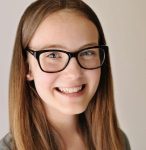
Spring break was approaching. I was told I would be going to Old Québec City for four days and then going skiing in Beaupré. “Gross. A week in the cold,” I thought. My dad proceeded to say we would be visiting many historical buildings and possibly a few museums. What was he thinking?! Little did I know this would be a trip that would soon change my perspective of French culture, the cold, and believe it or not- museums and how learning should take place in them!
Here’s a little background information for you. As a child, I despised museums. I remember taking a field trip to a local museum in elementary school and being bored out of my mind. Old people were talking about things I couldn’t even understand and they wouldn’t shut up! #unenthused. It seemed as if they were ready to give my peers and I a lecture about some historical figure that we had never seen or heard of. I remember as a child not being able to understand the words they were saying as they were talking to my group of first graders.
Then, I went to Canada. We were in the middle of a beautiful, historically and architecturally rich city with primarily French speakers. My family and I were ready to explore the city at the next rising of the sun. Around us were shops, local artists’ paintings, and ready or not – tons of historical buildings that we were going to explore. But get this, for once, I was actually excited about exploring the historical buildings and cathedrals. Perhaps it was due to the fact that I was in a rather new culture, or the fact that most of the speaking I heard was in a language that I could not understand, or maybe even the fact that I had grown older from the past times I had visited historical buildings. However, I believe it may be because, for the first time in my life, I could choose to explore the sights of my own free will.
I had the opportunity to explore museums in the United States, but never with this amount of time and freedom. I wasn’t being pressured or forced into seeing these buildings, yet I chose to. Suddenly when something new was introduced in a “pick your poison” sort of mindset, I became intrigued. I could choose specifically what I wanted to explore, ask my own questions, and do and see at a level that was suitable and interesting to me. I found this was a good way to approach our week long journey out of the country. If I chose to do what interested me, while considering what my other family members wanted to do, all while keeping an open mind and being open to taking risks, I was good.
One day I was visiting the Cathedral-Basilica of Notre-Dame de Québec reading about the Catholic’s beliefs. I got to make a peace offering to my ancestors by lighting a candle. The smell of the room with all the candles lighted was enchanting. I came back later that day with my father and sister and we walked in on a mass occurring at night. I didn’t know that mass occurred at night, plus I got to observe a service in a whole different language! How cool! I found myself interested in something I would have never desired to do if I hadn’t explored a little myself. I also particularly found myself interested in the stained glass and beautiful architecture. Although the cathedral was in the process of being renovated, its years of historical beauty were still so evident. This was just one of our grand explorations in Québec.

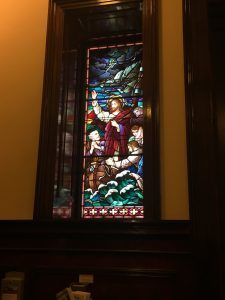
I believe the key to implementing a successful program for education in museums is open-ended discussions and exploration, along with a few guidelines. This is, in my humble opinion, the best way to learn and grow as a student and human. It’s true that children and schools benefit positively from museum visits. As Jamee Yung, the Educational Coordinator at Weisman Art Museum says, “Art gives us an experience like nothing else can, a chance to connect, understand, and explore perceptions, feelings, and innovative thoughts. Museums provide space for reflection, experimentation, inspiration, creativity, enjoyment, and allow for authentic learning experiences and play.” I felt so connected and in the moment when I was visiting Québec. I am forever grateful for this trip and the impact it had on my view of museums and how they affect education.
For more information on how museums impact education, visit Vibrant Learning and EducationNext.
About the Author
Katie enjoys performing with many youth theaters, singing, acting, writing, and playing her guitar. Katie is grateful for this opportunity to write for the American Alliance of Museums and believe’s in the work they are doing.
Brought to you by Sage Xaxua Morgan-Hubbard, the American Alliance of Museums’ Ford W. Bell Fellow for Museums and P-12 Education.
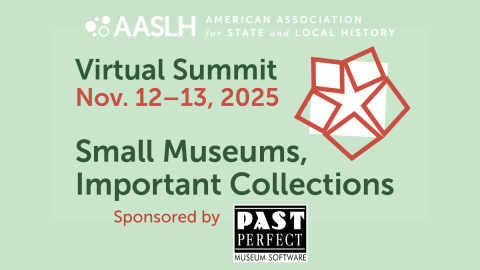
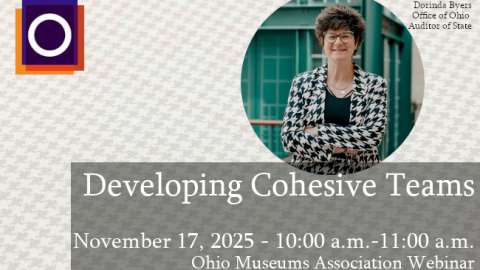
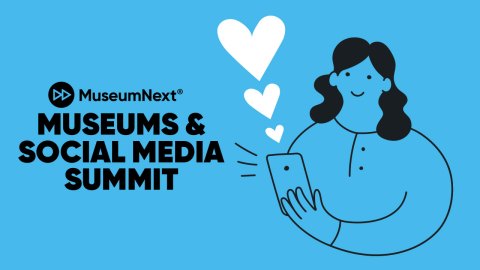

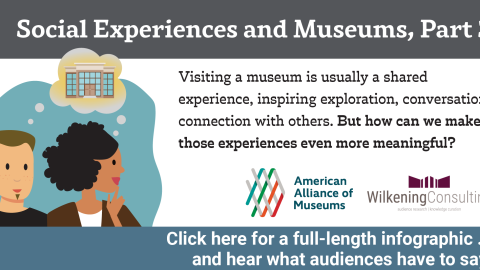
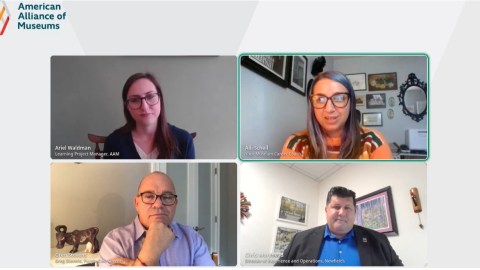

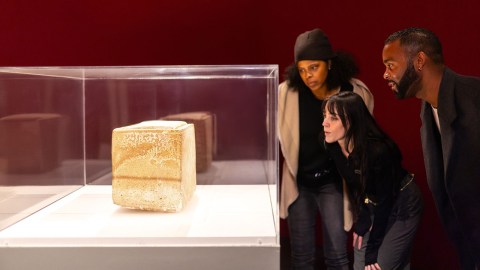
Love this!!!!
Katie, I really enjoy your description of your visit to Quebec and of how your attitude toward museums changed for the positive. I’m glad you are one of the youth at Eastwood Christian Church. We are so blessed to have young folks like you!